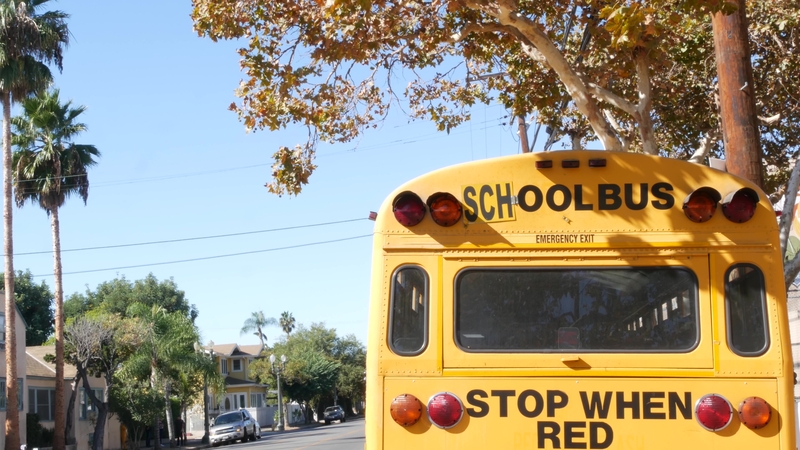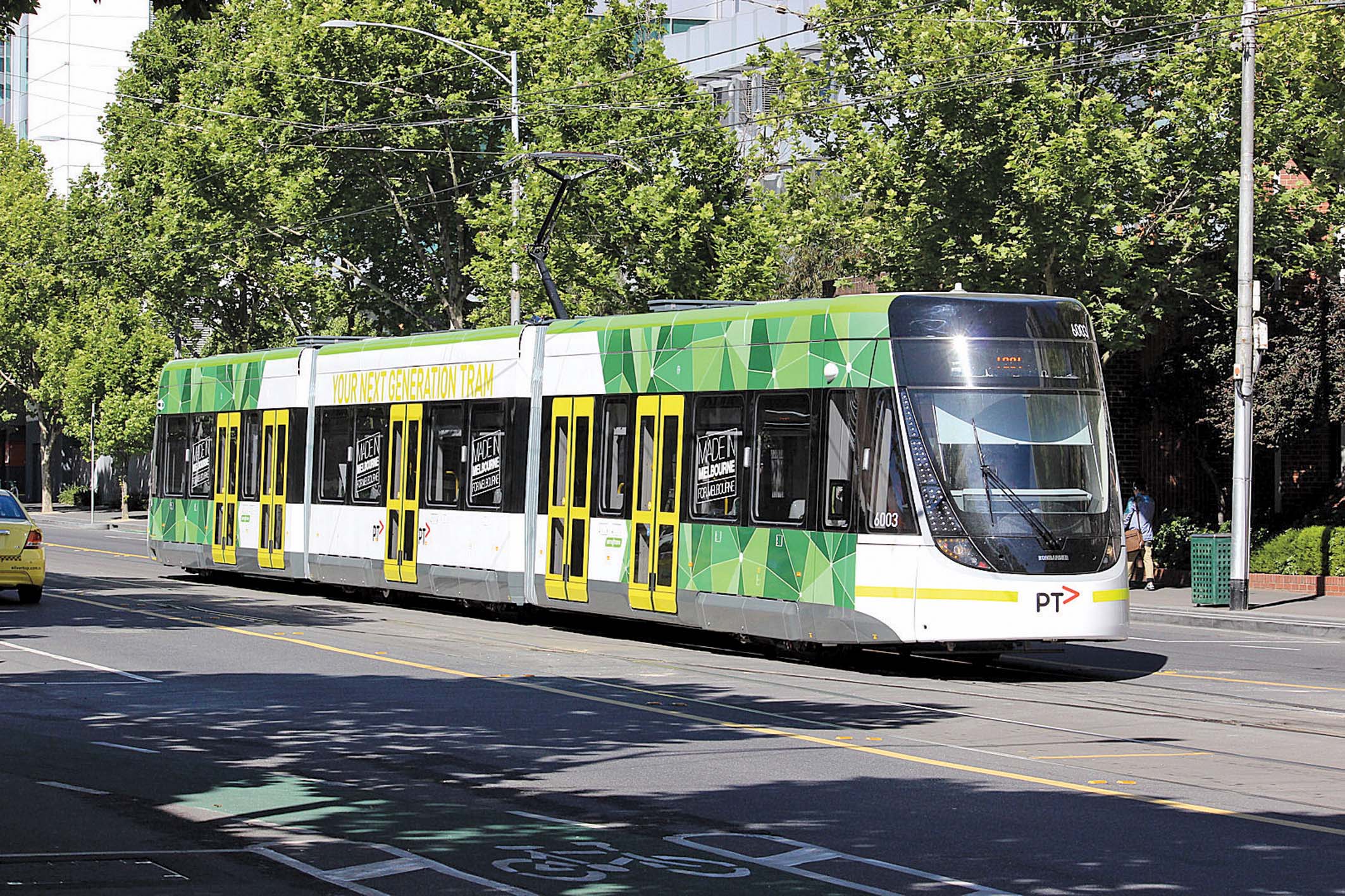High resolution cameras, video motion detection and modems are being fitted to school buses in Maryland, as part of a system designed to enforce and deter stopped-bus overtaking violations. A new video enforcement system is being installed to record drivers illegally overtaking school buses in Frederick County, Maryland. It is against the law to overtake a parked school bus that is loading or unloading students, yet a 2011 survey for the Maryland Department of Education found 7,000 cases of drivers illegall

CrossSafe equipment will be fitted to 40 Frederick County school buses before the end of 2012. A Maryland survey showed violations dropped from 7000 to 4600 after the enforcement program was publicised
High resolution cameras, video motion detection and modems are being fitted to school buses in Maryland, as part of a system designed to enforce and deter stopped-bus overtaking violations.
A new video enforcement system is being installed to record drivers illegally overtaking school buses in Frederick County, Maryland. It is against the law to overtake a parked school bus that is loading or unloading students, yet a 2011 survey for the Maryland Department of Education found 7,000 cases of drivers illegally passing school buses in a single day. Drivers that pass a bus when its warning stop arm is extended face a fine if caught. However, enforcement has previously depended on the violation being witnessed by a police officer or the bus driver, who is often too busy checking the children getting on and off the bus to notice an offence or the necessary details for reporting it.Detection and capture
The video enforcement program is called “CrossSafe” and was developed byThe cameras are triggered by video motion detection if a vehicle is overtaking the bus, but the system only stores images showing an offence occurring. If a violation is recorded the final images are imbedded with metadata such as the video frame number, the date and time, the camera’s unique ID number and the bus ID, together with GPS generated latitude and longitude co-ordinates.
The data from the camera module is backed up onto a removable memory device and can be uploaded as soon as a violation has been recorded via the unit’s integrated cellular modem. This connection also allows remote system checking to ensure the cameras are functioning correctly.
Automated solution
Xerox already operates a range of photo enforcement services and this capability meant that the images captured by the CrossSafe cameras could be integrated with existing technology to provide a completely automated solution. The video is analysed to determine the owner of the vehicle, for processing the violation and sending out the fine notification ticket.CrossSafe has already been adopted by Frederick County, with 40 of its buses to be fitted with CrossSafe cameras by the end of the year. The Maryland State Department of Education repeated its sample survey in 2012. After the installation of the school bus cameras had been publicised, violations dropped by a third, to around 4600 per day.
Xerox is hoping for nationwide employment of the program and sales to authorities in Canada. To be effective and reliable, such a system is required to be particularly robust and capable of coping with a wide range of harsh climates: the extreme cold of an Alaskan winter, the heat of the Nevada desert, dust, ice or heavy rain. To ensure the camera module meets these demands the protective housing has been designed to be vibration resistant, water and dust proof, not to mention vandal resistant. It has also been tested in a wide range of locations.
Despite its potential, there is an inherent contradiction at the heart of this program: the more successful it is, the less money it generates. For municipalities using fines as the sole source of funding to pay for the scheme, CrossSafe’s success could prove problematic. While violation may cover the initial hardware, software and installation costs, municipalities need to be aware that fines alone might not always be enough to cover Xerox’s service fees for running the automated system. However, Xerox says it will work with municipalities individually to determine appropriate pricing.









